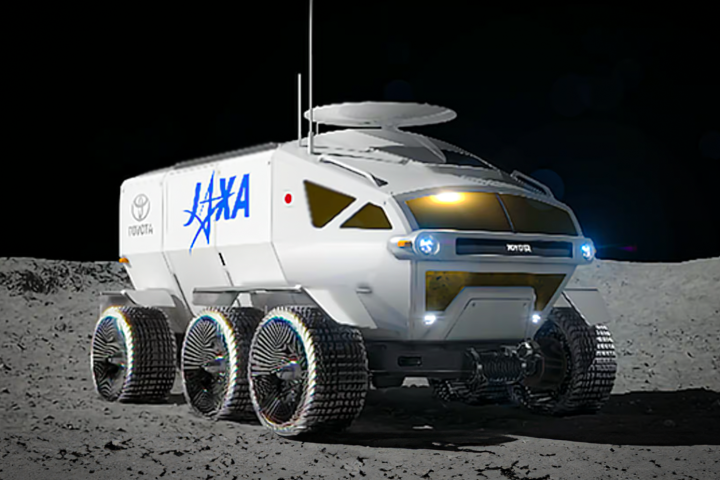Scientists at Yale have pieced together what they think is the first bird beak ever to have evolved. It belongs to Ichthyornis dispar, which lived in North America nearly 100 million years ago. It's thought that its beak evolved as a surrogate hand to compensate for its forelimbs having evolved into wings. Yet in other respects, the creature remained very much a dinosaur.
Ichthyornis dispar is not a new discovery. The first remains were found in the 1870s, but the Yale researchers have now discovered the first complete skull as well as two cranial parts which were part of the original Yale specimen but which were previously overlooked. The discovery gives new insight into what nature's first beak looked like.
The creature, which lived in the Late Cretaceous period, is one of the closest known relatives of modern birds, resembling a gull or tern, and other seabirds of today. Ichthyornis means "fish bird," a name given to it because its back bones resemble those of a fish. It was the first proto-bird found to have teeth. Its evolutionary significance was noted by none other than Charles Darwin.
The researchers used CT scans to analyze the cranial pieces, which revealed "surprisingly late retention of dinosaur-like features in the skull." Although it had an evolved, bird-like brain, it had a jaw muscle configuration you'd expect to find in a dinosaur. The temporal regions are also more dinosaur-like, suggesting the skull remained primitive, lagging behind the evolution of the brain.

But what of the beak itself? "The first beak was a horn-covered pincer tip at the end of the jaw," explains Yale paleontologist Bhart-Anjan Bhullar. "The remainder of the jaw was filled with teeth. At its origin, the beak was a precision grasping mechanism that served as a surrogate hand as the hands transformed into wings."
"The teeth probably would not have been visible unless the mouth was open but covered with some sort of lip-like, extra-oral tissue," adds Michael Hanson, a co-author of the research.
The research is some of the latest in the study of the origin of birds, and dinosaurs with bird-like features. Though according to the current thinking, it's more accurate to think of birds as a subset of dinosaurs rather than having evolved from them. Recent months have seen research on:
"The fossil record provides our only direct evidence of the evolutionary transformations that have given rise to modern forms," says Daniel Field, the other co-author of this research on Ichthyornis dispar.
"The story of the evolution of birds, the most species-rich group of vertebrates on land, is one of the most important in all of history," Bhullar adds. "It is, after all, still the age of dinosaurs."
The team's research has been published in the journal Nature. You can see a video on their research below.
Source: Yale University





